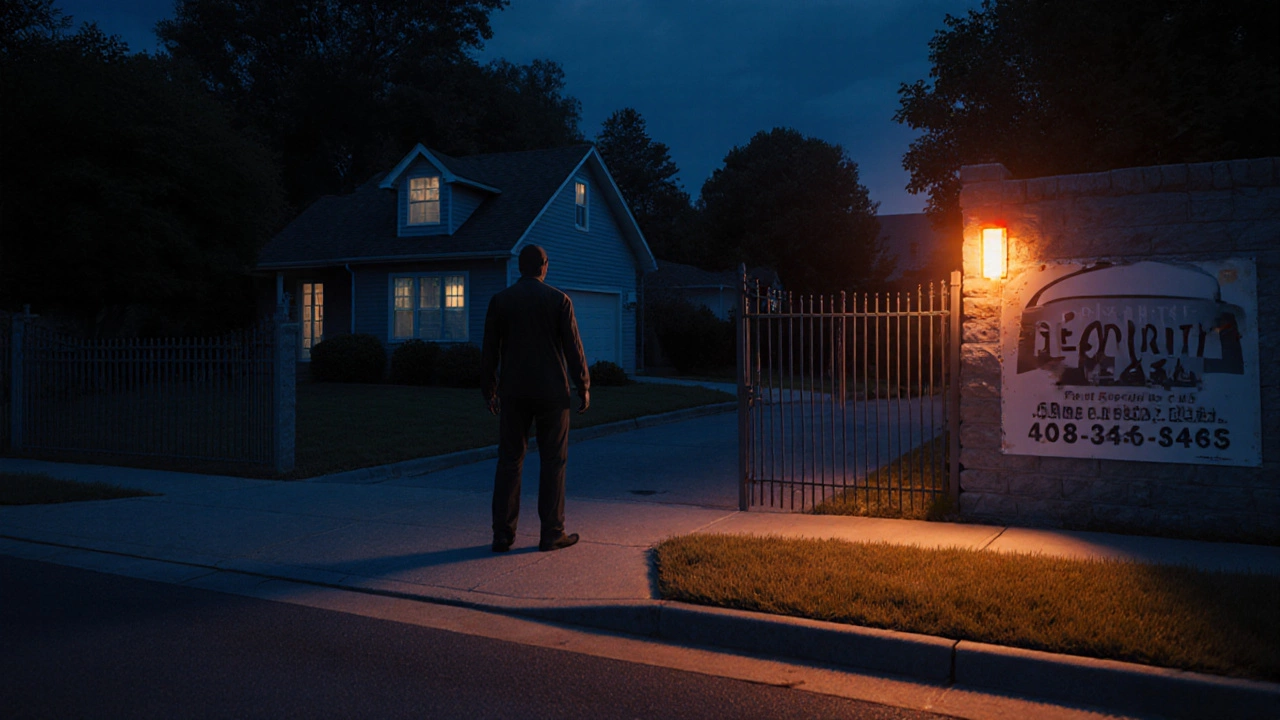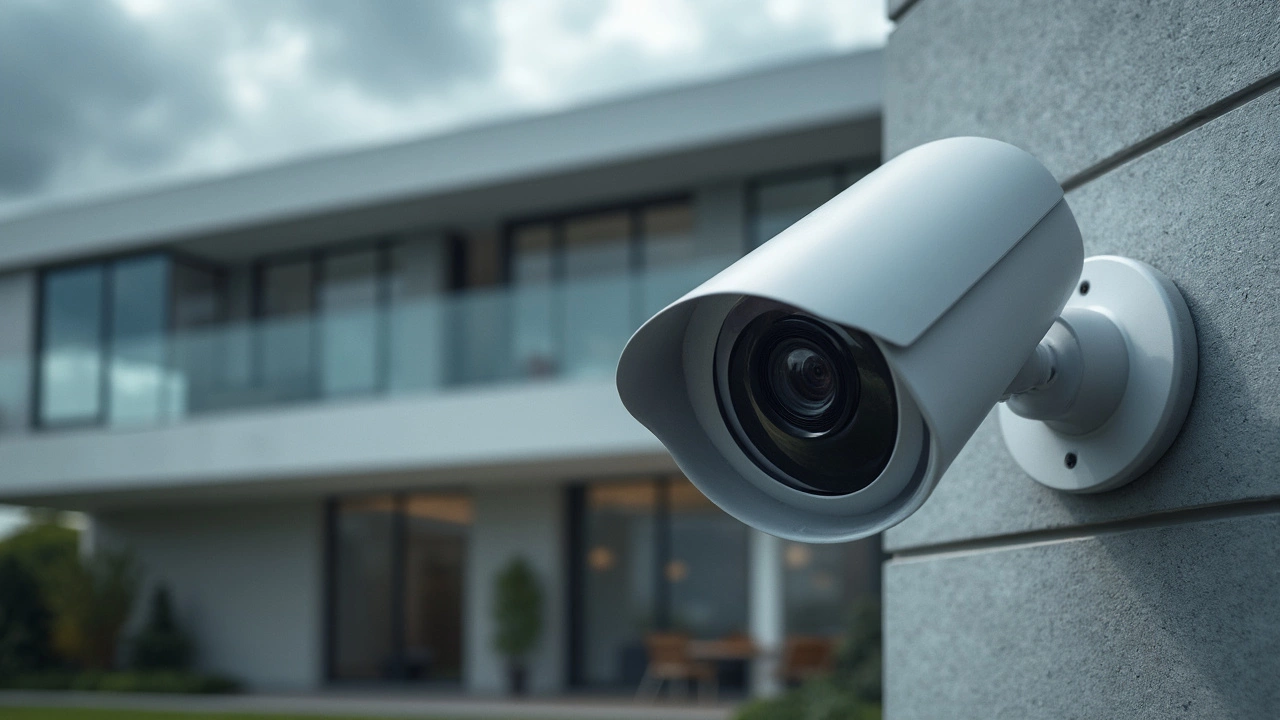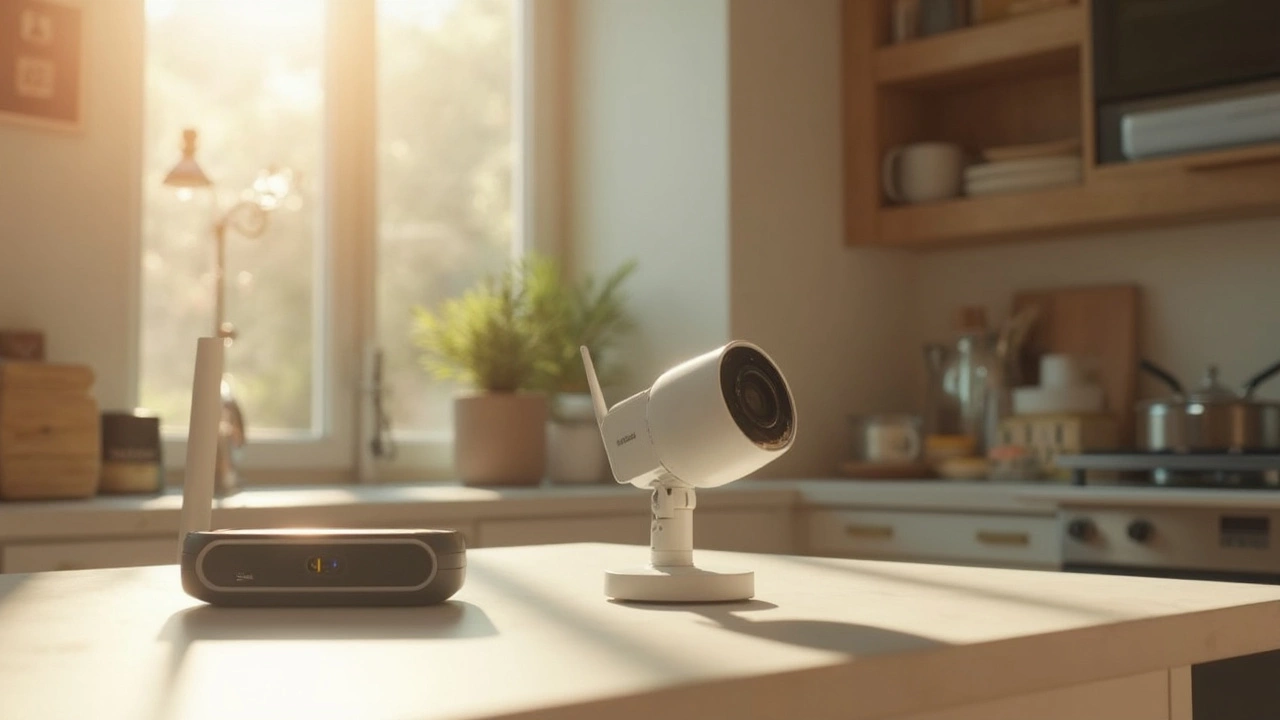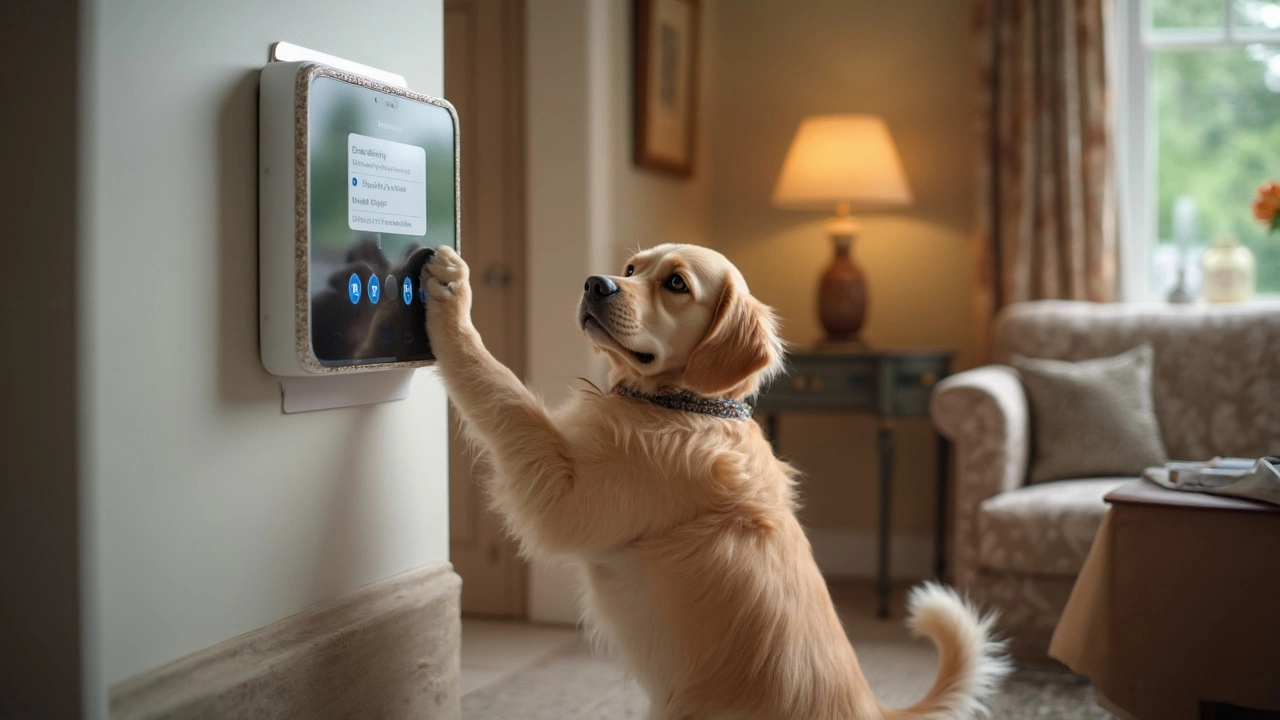Thinking about upgrading your security setup? You’re not alone. Homeowners and business owners across the UK are looking for reliable, easy‑to‑use systems that actually work. From classic CCTV rigs to sleek wireless doorbell cameras, the market is packed with options. Below you’ll find straight‑forward advice on picking the right gear, installing it correctly, and keeping it running smooth all year long.
Start by asking yourself what you want to protect. If you have a larger property or a busy front yard, a mix of outdoor CCTV cameras and a floodlight‑type security light gives you solid coverage. Look for cameras with true night‑vision – infrared LEDs that light up dark corners without alerting intruders. Models released in 2025 often advertise “enhanced low‑light” and can capture clear footage at just a few lux.
If you prefer a cleaner look, wireless cameras are a great alternative. They connect to your home Wi‑Fi, need no messy cables, and many can store video in the cloud. Just remember: a stable internet connection makes remote viewing smooth, but most modern units still record locally on an SD card if the internet drops.
For the front door, a video doorbell does more than ring a bell. It lets you see, talk, and record visitors from your phone. Choose a model with a built‑in battery or hard‑wired power, and check whether the UK version needs an electrician – most plug‑and‑play designs don’t.
Don’t forget power‑backup. A small UPS (uninterruptible power supply) or a camera with a battery backup will keep recording during a blackout. Some CCTV kits even include solar panels for outdoor units, cutting down on electricity costs.
When it comes to mounting, height matters. For most outdoor security lights, aim for 8‑10 feet – high enough to avoid tampering, low enough to give a good angle. Cameras should point slightly downwards, covering entry points without capturing neighbours’ windows (privacy laws are strict).
Run cable runs neatly if you go wired. Use outdoor‑rated conduit to protect against rain and rodents. For wireless units, place the router as centrally as possible to reduce signal loss. A simple Wi‑Fi analyzer app can show you dead spots before you drill any holes.
Maintenance is often overlooked. Clean lens surfaces every few months – a soft microfiber cloth does the trick. Check firmware updates monthly; manufacturers fix security bugs that could let hackers in. And test motion detection settings; too sensitive, and you’ll get endless alerts, too mellow, and you’ll miss real events.
Finally, set a realistic retention plan. Cloud storage plans differ – some keep footage for 30 days, others for a year. If you don’t need long‑term archives, a local SD card with a weekly backup is cheaper and faster to review.
With these basics covered, you can build a security system that fits your budget, your property, and your peace of mind. Start small, add layers as you go, and keep an eye on updates. Your home or business will stay safer without you having to become a tech wizard.

Do burglars avoid homes with alarms? Research shows 60% of burglars will choose another target if they see a security system. Learn how alarms deter crime, reduce losses, and what makes them truly effective.

Wondering how much ADT charges every month for home security? This article breaks down real prices, hidden fees, and what you get for your money. Get tips on saving cash, understanding contracts, and comparing ADT with other options. You'll also see how extras like cameras and smart features affect your bill. Make sure you know what to expect before you sign up.

Ever wonder if your CCTV camera is just a stylish paperweight when your WiFi goes down? This article explores how wireless CCTV kits operate without WiFi, diving into alternative recording methods, real-world scenarios, and useful tips for ensuring ongoing security. If WiFi reliability keeps you up at night, discover ways to keep your surveillance rolling 24/7.

Ever wondered if electricians can handle CCTV installations? You're not alone! Electricians are usually skilled in many areas, and fitting CCTV systems is often one of them. However, the cost varies, and knowing what to expect can save you a headache. Here's a practical guide to help you navigate the intricacies of CCTV installations by electricians.

Ever wondered if your wireless security cameras require a DVR? This article dives into what a DVR does, how it works with wireless cameras, and if it’s necessary for your home setup. We’ll discuss the benefits and drawbacks of using a DVR with wireless systems and offer practical tips to help you decide the best path for your security needs. Often, technology moves fast, and it’s easy to feel left behind, so we’re here to clear things up.

Night vision cameras bring a sense of security, but can they see through windows? This article delves into how these gadgets work, exploring myths and practical realities. It unpacks how infrared technology interacts with glass and offers tips on optimizing your surveillance system. By understanding these factors, you can make informed decisions about your home or business security setup.

Setting a house alarm with pets can be tricky, as traditional systems often misinterpret your furry friend's movements as potential threats. Learn how to navigate the world of pet-friendly alarms, ensuring both home security and pet comfort. We'll explore motion sensor tips, setting up smart notifications, and choosing the right system for a pet-friendly environment. Protect your home while keeping your pets safe and stress-free.

With the rise of smart home technology, the demand for reliable home monitoring systems is continuously growing. Understanding the costs associated with these systems can help homeowners make informed decisions that suit their security needs and budget. This article delves into various factors affecting the pricing of home monitoring systems, including equipment, installation, and subscription fees. Additionally, readers will discover cost-effective strategies to enhance home security without breaking the bank. By exploring these insights, homeowners can find a balance between advanced technology and practicality.

With the rise of technology, smart home security systems have transformed how we approach safety. These sophisticated devices offer seamless integration, real-time alerts, and remote monitoring, promising peace of mind. Yet, potential buyers often wonder if they’re worth the investment. This article delves into the value of smart security systems by examining their benefits, potential drawbacks, and practical considerations for homeowners.